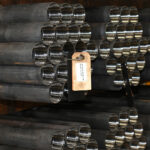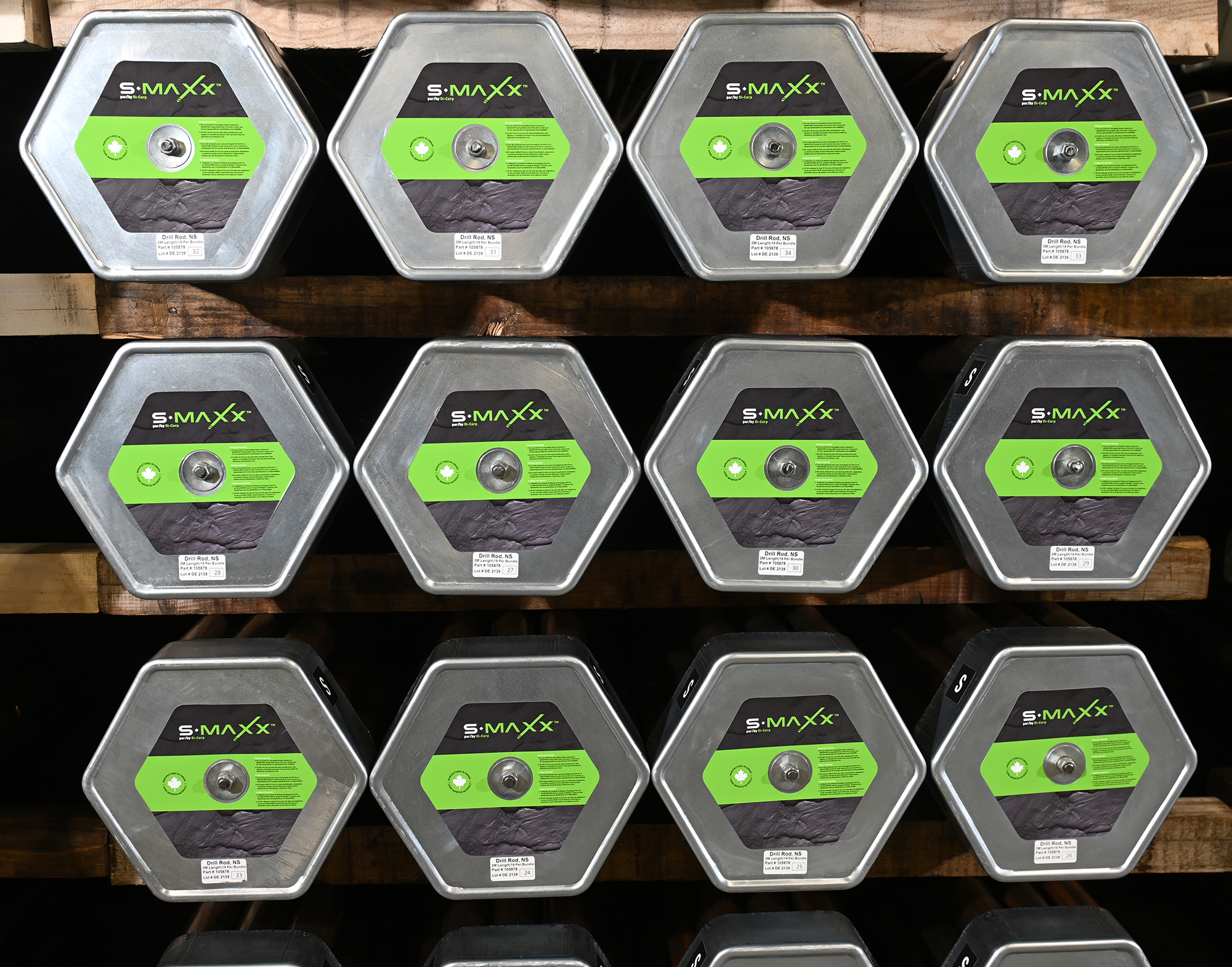Far too often in mineral exploration drilling, coring rods are considered interchangeable.
As long as you were buying your drill steel from a reputable dealer and drilling in standard ground conditions, there wasn’t a large difference between one rod and another.
Thus, for many drillers, the primary consideration when selecting rods was price. You need a lot of rods to reach the core, and contracts are competitive, so focusing on the cost per rod is understandable.
However, choosing a quality, consistently manufactured drill rod is essential to a successful drilling program, and interchanging between manufacturers’ products, although it often does work, can add a significant layer of risk.
Unlike API joints used in the oil industry, there is no standard for dimensions on exploration drill rod threads.
Exploration rod designs feature a tapered interference fit and very thin walls, which makes manufacturing tolerances inherently tight. Due to these facts, variations in fit between manufacturers can exist.

Modern drilling involves deeper, harder-to-access deposits, frequent deviations, automated rod handling, and a competitive, volatile global mineral exploration market, highlighting just some of the many drilling challenges in mining.
In these conditions, a failed rod or mismatched rod connections could cost you a shift tripping out bent tubes or fishing out broken ones. Or worse, losing a hole altogether.
The risks aren’t just incurred by drilling companies. Mine owners must also consider what failed rods mean to them.
Delays in completing drilling programs have the potential to push back development decisions, wasting precious time, and, of course, time means money.
Choosing more durable, consistently manufactured rods is one of the most effective ways to reduce drilling risks.
It means looking for thread forms designed to eliminate areas of high stress concentration and deliver high tensile and torsional strength.
It means looking for providers with a reputation for using high-quality steel and applying the highest quality control measures to machining and surface treatment processes.
And mostly, it means not mixing rods and rod string components, including adaptor subs and locking couplings, from multiple manufacturers.
A rod string is only as strong as its weakest connection, from the water swivel to the core barrel. Mismatching threads with a rod string component can cause rods to fail.
Saving a few dollars on adapters isn’t worth putting a rod string in danger.
The fact is, in 2025, rod failure should be the exception, not the rule.
Drillers who choose equipment based on cost and/or mix products from multiple manufacturers expose themselves to greater risk than necessary.
In today’s challenging and competitive environment, it’s time to stop evaluating drill rods and components primarily on price and start considering the cost associated with the risks of rod failure.
While a more durable, better-engineered rod string may cost more upfront, it significantly reduces the cost of drilling failures throughout the project, saving money in the long run.

To learn more about how Di-Corp’s drill rods, including our revolutionary new drill rod, the S-Maxx, help de-risk drilling by delivering high-quality drill rods with innovative engineering, visit our Wireline Drill Rods page.











